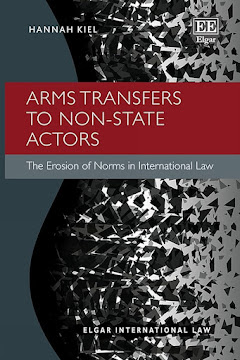In 2007, after Hamas’ takeover of the Gaza Strip, the area was subjected to an Israeli land siege, complemented in 2009 by a sea blockade. Since then, the already-dire living conditions in the Strip have declined consistently and the area’s dependence on external aid has grown. This essay examines the duties of a military power in imposing what is effectively a years-long confinement of people and outlines a general argument for expanding the obligations of a party that imposes a prolonged siege or blockade. I consider these obligations in light of three potentially relevant legal frameworks: the law of occupation; international humanitarian law; and human rights law. In this essay, I argue that, although Gaza is no longer occupied, Israel, in exercising prolonged siege and blockade, must respect a set of obligations that encompass much more than simply not starving the besieged population or not cutting off their water supply. Paying attention only to the basic, biological needs of the besieged population ignores their human dignity because it reduces – in the eyes of the blockader – human existence to the intake of food and water. The essay concludes that the law should be interpreted as demanding that the besieger respect a wider scope of rights – including, among others, the right to enter and exit the besieged area – and, while it may limit such rights, such limitations must be compatible with the requirements of proportionality, taking into account the human toll caused by the extraordinary yet long-term situation.
Monday, July 12, 2021
Benvenisti: The International Law of Prolonged Sieges and Blockades: Gaza as a Case Study
Eyal Benvenisti (Univ. of Cambridge - Law) has posted The International Law of Prolonged Sieges and Blockades: Gaza as a Case Study (International Law Studies, forthcoming). Here's the abstract:





